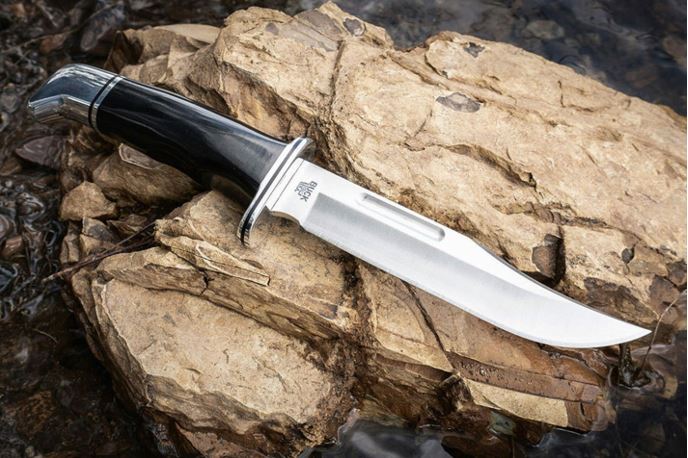 There is no definite answer to the question of what steel is more suitable for the production of knives. It all depends on the purpose for which the knife is intended. Modern alloys often have the best characteristics and are capable of performing a wide variety of functions.
There is no definite answer to the question of what steel is more suitable for the production of knives. It all depends on the purpose for which the knife is intended. Modern alloys often have the best characteristics and are capable of performing a wide variety of functions.
The basis of any type of galvanized steel coils is made up of two elements – iron and carbon. Carbon is responsible for the level of hardness. The higher the carbon level in the alloy, the harder the product will be. The optimum indicator is 0.7%, but there are instances with a higher level of this element. The upper limit was set at 2.14% – if you exceed this value, you get cast iron, which, of course, is not suitable for making any kind of blade. Additional properties provide other elements that make up the steel:
- Manganese. This element allows improving the quality of calcination of the metal, forms its structure, as well as increases strength.
- Chrome protects the steel from corrosion, but its excess will make the metal brittle.
- Nickel also protects against corrosion and makes the blade more durable.
- Molybdenum works with three tasks. It increases strength and makes the metal more elastic and less brittle.
- Vanadium in the steel is responsible for the level of the hardenability of the blade.
- Silicon is used as a “helper” that can slightly change various characteristics of the metal.
In addition to the listed elements, which are most common, tungsten, nitrogen, sulfur, and some other components can be included in the composition of the alloy.
What criteria should steel meet?
Different types of steel have different technological and mechanical properties due to the presence of alloying elements.
The material for making knives is evaluated according to the following criteria:
- Resistance to a wide range of temperatures (-30 … + 100°C).
- Sensitivity to corrosion.
- Resilience. Minimal deformation of the metal and resistance to longitudinal deflection are important.
- Hardness. The indicator is indicated by the abbreviation HRC (in Europe – RC), evaluated on the Rockwell scale. For knives, an indicator above 55 is considered optimal.
- Sharpening retention. The harder the material, the less often the blade will blunt.
- Another criterion is the ease of sharpening the blade. The softer the material, the easier it is to sharpen. Therefore, the balance between hardness and strength is important.
Features of Steel Hardening
Hardening is one of the types of heat treatment of metals. It involves heating the temperature to such an extent that a change in its crystal lattice becomes available. After this treatment, a knife or other metal object becomes somewhat harder and stronger, plus its plasticity is completely lost until the next hardening.
It is worth knowing that hardening is performed exclusively on stainless steel knives, as well as the alloys from which they are made. Due to its structure, the product has a high hardness index, which affects its fragility. With proper heat treatment, as well as subsequent quick tempering, it is possible to reduce the fragility of an object.
Some knives are partially hardened, for example, it can only be the cutting edge of a tool or cold steel. In this case, a clear boundary can be observed on the surface of the product separating the hardened and unhardened parts.
___________________________________________________________
Interesting related article: “What is galvanized steel?”

